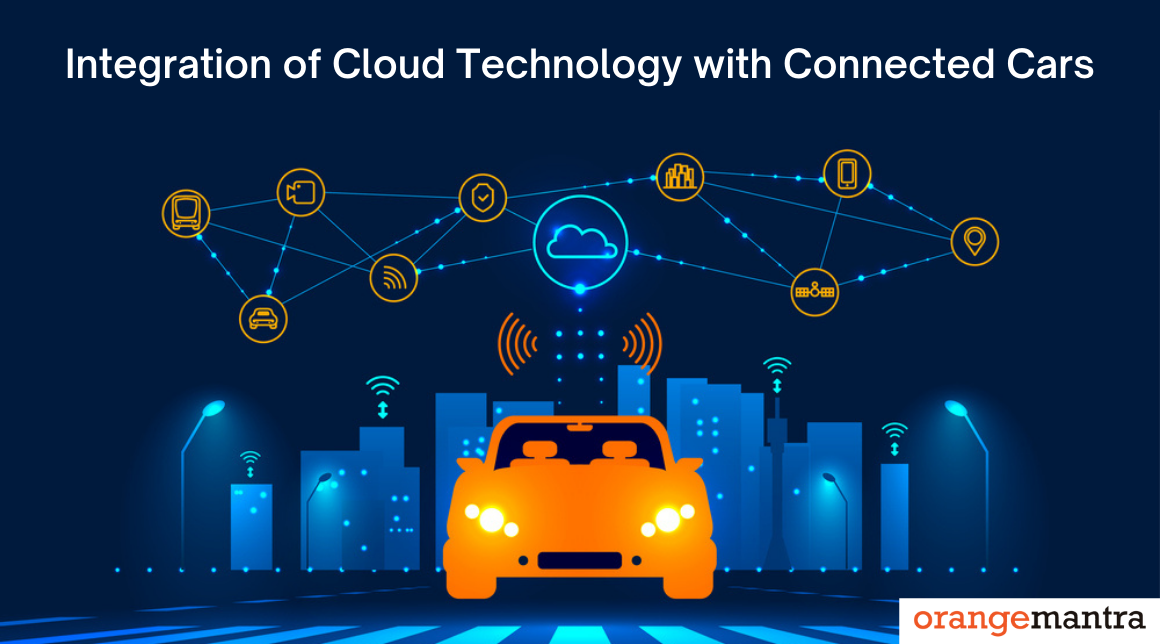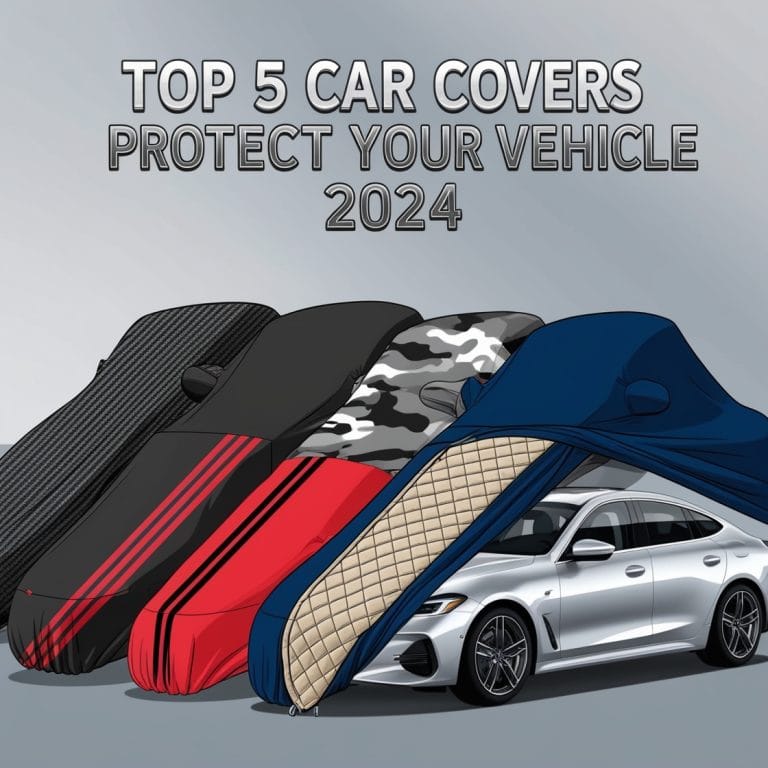
Connected Cars 2024: The Intersection of Automotive and Technology – In the age of digital transformation, the automotive industry is undergoing a revolution, with connected cars at the forefront of this technological evolution. The integration of smart technologies into vehicles has given rise to a new era of mobility, where cars are not just means of transportation but sophisticated platforms connected to the digital world. In this article, we delve into the concept of connected cars, exploring the technologies driving this trend and the impact on the automotive landscape.

1. The Essence of Connected Cars
Connected cars refer to vehicles equipped with advanced communication systems that enable them to interact with the internet, other vehicles, infrastructure, and even pedestrians. This connectivity goes beyond traditional in-car entertainment systems, transforming cars into intelligent, data-driven platforms.
2. Vehicle-to-Everything (V2X) Communication: Enhancing Safety and Efficiency
At the core of connected cars is Vehicle-to-Everything (V2X) communication, allowing vehicles to exchange information with their surroundings. This includes Vehicle-to-Vehicle (V2V), Vehicle-to-Infrastructure (V2I), and even Vehicle-to-Pedestrian (V2P) communication. V2X enhances safety by providing real-time data about traffic conditions, potential hazards, and road infrastructure.
3. Advanced Driver Assistance Systems (ADAS): The Foundation of Connectivity
Connected cars often integrate Advanced Driver Assistance Systems (ADAS), which use sensors, cameras, and radar to enhance driver safety. These systems include features such as adaptive cruise control, lane-keeping assistance, and automated emergency braking, creating a more intuitive and responsive driving experience. (Read More : Electric Vehicles EVs: Shaping the Future of Transportation in 2024)
4. In-Car Connectivity: Transforming the Driving Experience
In-car connectivity is no longer limited to traditional infotainment systems. Connected cars feature sophisticated interfaces that seamlessly integrate with smartphones, providing access to navigation, music streaming, and other apps. Infotainment systems are evolving into interactive hubs, enhancing the overall driving experience.
5. Telematics and Remote Monitoring: Real-Time Insights for Owners
Telematics technologies enable remote monitoring and diagnostics of vehicles. Connected cars can transmit real-time data about their performance, allowing owners and manufacturers to monitor the health of the vehicle, schedule maintenance, and receive alerts about potential issues.
6. Over-the-Air (OTA) Updates: Revolutionizing Vehicle Software
Connected cars leverage Over-the-Air (OTA) updates, enabling manufacturers to remotely update software and firmware. This not only improves the functionality and performance of the vehicle but also allows manufacturers to address security vulnerabilities promptly.
7. Enhanced Navigation and Predictive Analytics: Smarter Routes

Connected cars leverage enhanced navigation systems that use real-time data, including traffic conditions, weather updates, and road closures. Predictive analytics enable the vehicle to suggest optimal routes, saving time and fuel while enhancing the overall efficiency of the journey.
8. Cybersecurity Challenges: Safeguarding Connected Vehicles
The increased connectivity of cars introduces cybersecurity challenges. As vehicles become more digitally connected, they become potential targets for cyber threats. Ensuring robust cybersecurity measures is crucial to protect connected cars from unauthorized access and potential risks.
9. Vehicle-to-Grid (V2G) Integration: Smart Energy Solutions
Connected cars can contribute to smart energy solutions through Vehicle-to-Grid (V2G) integration. This allows electric vehicles to interact with the power grid, offering flexibility in energy consumption. Cars can charge during off-peak hours when electricity is cheaper and even feed excess energy back into the grid.
10. Future Autonomous Capabilities: Towards Self-Driving Cars
The connectivity of cars is a stepping stone towards the development of autonomous vehicles. Connected cars lay the groundwork for future autonomous capabilities, where vehicles can communicate with each other and their environment to navigate safely and efficiently without human intervention.
Conclusion article Connected Cars 2024: The Intersection of Automotive and Technology
In conclusion, connected cars represent a convergence of automotive and technology, ushering in a new era of mobility.* From enhancing safety through V2X communication to transforming the driving experience with advanced infotainment systems, the impact of connectivity is profound. As the automotive industry continues to innovate, connected cars will play a central role in shaping the future of transportation, offering not just a mode of conveyance but a connected, intelligent, and data-driven experience on the roads.
Read More: Sustainable and Eco-Friendly Automotive Practices 2024: Driving Towards a Greener Future








3 thoughts on “Connected Cars 2024: The Intersection of Automotive and Technology”
Comments are closed.